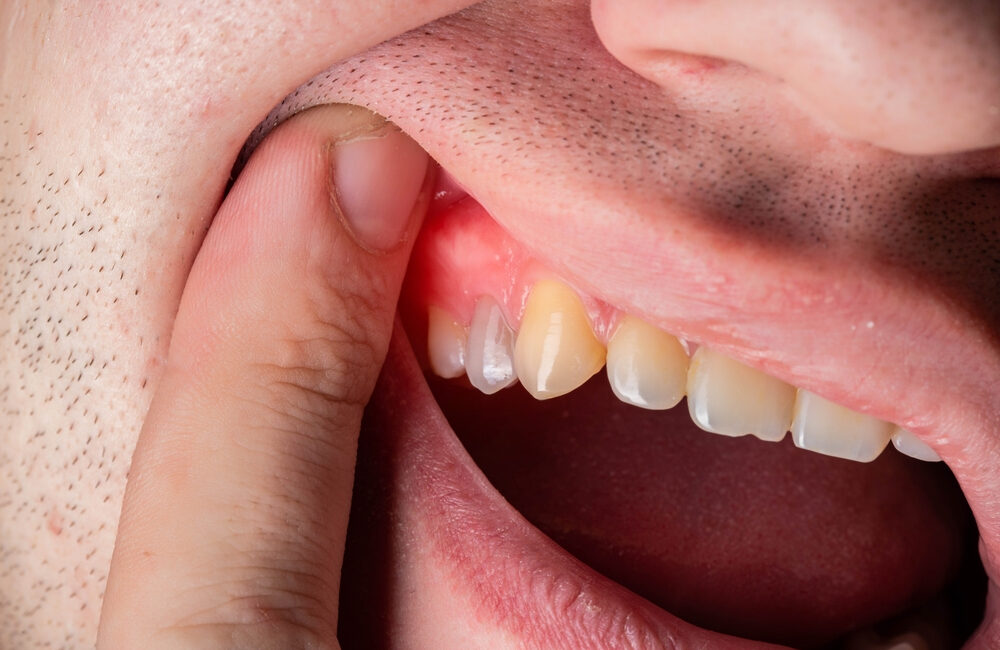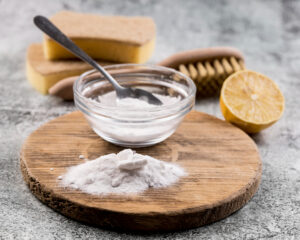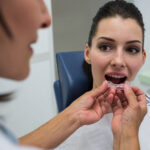
A tooth abscess should be treated by a dentist, but some home remedies may relieve the discomfort caused by the infection. A tooth abscess can arise from infections that develop inside the tooth. Bacteria can enter the tooth when it’s chipped, broken, or decaying.
Once the bacteria reach the center of the tooth and the tooth becomes infected, pus accumulates in the tooth. The pus in the tooth swells and results in a toothache. If not treated, the infection could spread to the gums and bones of the mouth. While a tooth abscess should be treated by a dentist, some home remedies can relieve the discomfort caused by the infection. The following home remedies can be applied along with prescribed treatments.
1. Saltwater rinse
Rinsing your mouth with salt water is an easy and affordable option for temporary relief of your abscessed tooth. It can also promote wound healing and healthy gums.
To use this remedy:
- Mix 1/2 teaspoon of normal table salt with 1/2 cup of warm tap water.
- Rinse your mouth with the salt water. Try to swish it around inside your mouth for at least two minutes.
- Spit the water out.
- Repeat up to three times per day.
2. Baking soda

Baking soda is another affordable option for treating an abscessed tooth. You may even already have some in your kitchen cabinet. Baking soda is excellent for removing plaque in the mouth. It also has antibacterial properties.
To use this remedy:
- Mix 1/2 tablespoon of baking soda with 1/2 cup of water and a pinch of salt.
- Swish the mixture in your mouth for up to five minutes.
- Spit out, and repeat until you’ve finished the mixture.
- You can repeat this up to two times per day.
3. Oregano essential oil
Oregano oil is an essential oil that can be purchased in a health food store or drugstore. You can also find it online. Oregano oil is an antibacterial and antioxidant. It may help reduce the swelling and pain of an abscessed tooth. Be sure to dilute any essential oil with carrier oil to prevent further irritation. Here’s how to choose a carrier oil.
To use this remedy:
- Mix a few drops of oregano essential oil with 1 ounce of carrier oil.
- Apply a few drops of this mixture to a cotton ball or swab.
- Hold the cotton ball on the infected area for two to three minutes.
- Remove the cotton ball or swab. Leave the mixture on for at least 10 minutes, then rinse.
Repeat up to three times per day.
4. Cold compress
A cold compress will help reduce pain and swelling.
To use this remedy:
- Place ice cubes in a dry towel.
- Hold the compress against your skin near the affected area.
- The compress can be used for 15-minute intervals.
- This may be repeated multiple times per day.
5. Fenugreek tea
Fenugreek has antibacterial properties and a long history of use as a home remedy for healing wounds and reducing inflammation. It may be available in the spice aisle of your supermarket or online.
To use this remedy:
- Make a fenugreek tea by heating 1 cup of water in a saucepan and stirring in 1 teaspoon of ground fenugreek.
- Allow the mixture to cool.
- Apply a small amount to the affected area using a cotton ball.
- Repeat up to three times per day.
6. Clove essential oil
Clove oil has been used since ancient times as a natural toothache remedy. It may have antibacterial and anti-inflammatory properties. It’s available in many grocery stores as well as online.
It comes in diluted forms as well as very concentrated clove essential oil. If using the essential oil form, remember to dilute it (3 to 5 drops of essential oil in an ounce of carrier oil).
You can use this remedy in several ways:
- Apply the diluted oil to the affected area by placing a few drops on a cotton ball or swab.
- You can also make a clove oil mouthwash by placing a few drops of the oil into a small glass of water.
- Clove oil may be used up to three times per day.
7. Thyme essential oil
Thyme oil is another potent essential oil that may kill parasites, fight bacteria, and reduce swelling. You can find it at many grocery stores and online. Be sure to dilute it with carrier oil before use.
You can use this remedy in several ways:
- Diluted thyme oil can be applied to the affected area with a cotton ball or swab.
- You can also make a mouthwash by adding a few drops of diluted thyme oil to a small glass of water.
- Use the thyme oil up to three times per day.
8. Hydrogen peroxide
Hydrogen peroxide is an excellent remedy for fighting a bacterial infection. It can also help reduce plaque and bleeding gums.
To use this remedy:
- Mix equal parts 3 percent hydrogen peroxide with water.
- Swish the solution around in your mouth, then spit. Make sure not to swallow any of the solutions.
- Hydrogen peroxide may be used multiple times per day.
9. Oil pulling
Oil pulling is another ancient means of oral hygiene that’s been used to treat mouth ailments.
It’s believed that oil pulling removes toxins from the teeth and gums. Limited studies suggest that oil pulling may be a good treatment for bleeding gums, bad breath, and reducing bacteria. However, there’s not enough scientific evidence to confirm whether it’s effective for use in oral health.
Good oils for oil pulling include:
- raw coconut oil
- sesame oil
- olive oil
- Oil pulling is recommended in the morning on an empty stomach.
To use this remedy:
- Take 1 tablespoon of your chosen oil into your mouth.
- Vigorously swish the oil around through your teeth for up to 20 minutes.
- Don’t swallow the oil. Spit the oil out in a garbage can — not your sink — to avoid clogged pipes.
10. Garlic

Garlic is another natural remedy with an ancient history of many beneficial therapeutic uses, including as a pain manager and a bacteria killer.
To use this remedy:
- Make a paste by crushing a fresh clove of garlic.
- Rub the paste on the infected area.
- This can be repeated multiple time per day.
When to see a doctor
An abscessed tooth is a serious infection that could spread to other parts of the face and eyes if left untreated.
If you have a tooth abscess, see a doctor immediately and a dentist as soon as possible. The home remedies listed above are meant as complementary treatments to the ones prescribed by a doctor. You may need immediate antibiotics and dental care.
Also, find out / 6 Reasons To Consider Sedation Dentistry














Leave a Reply